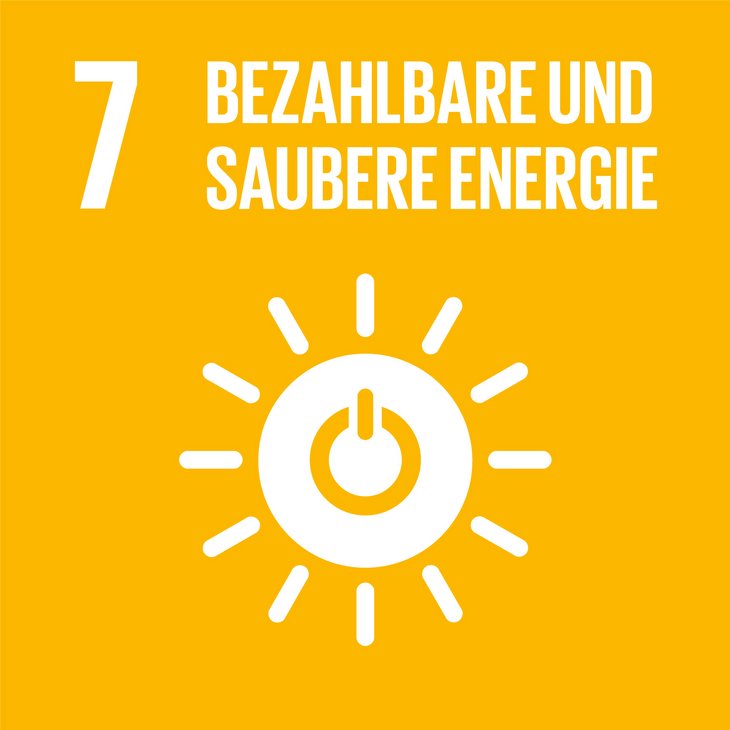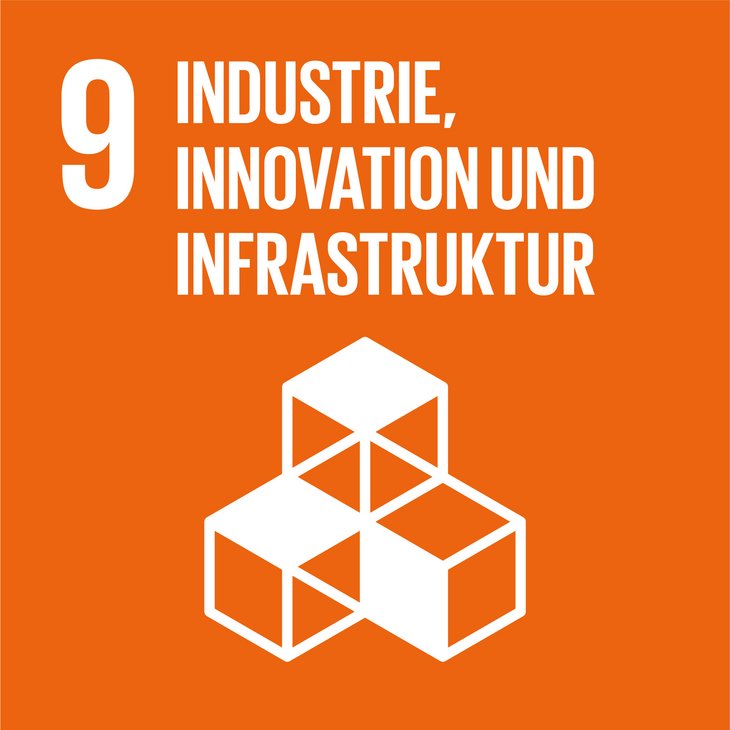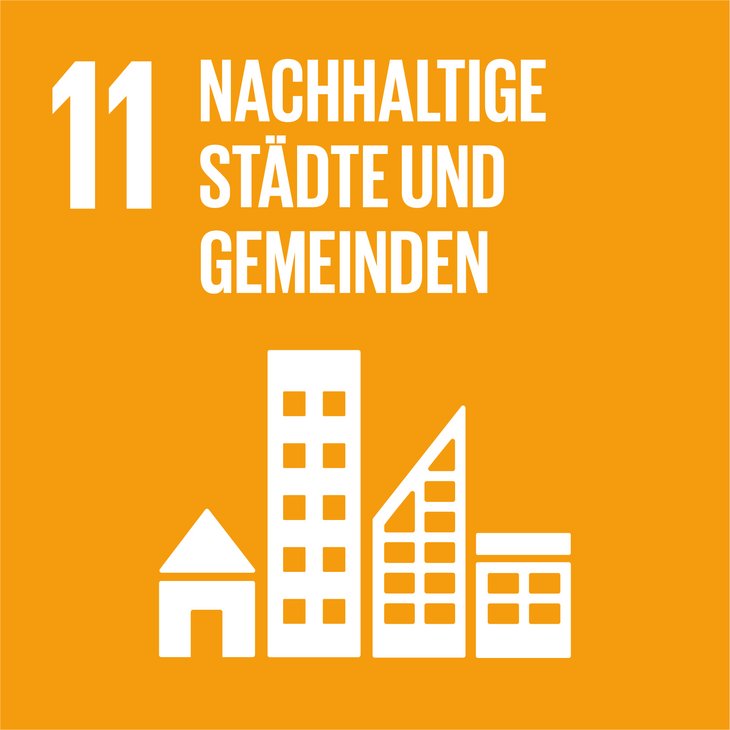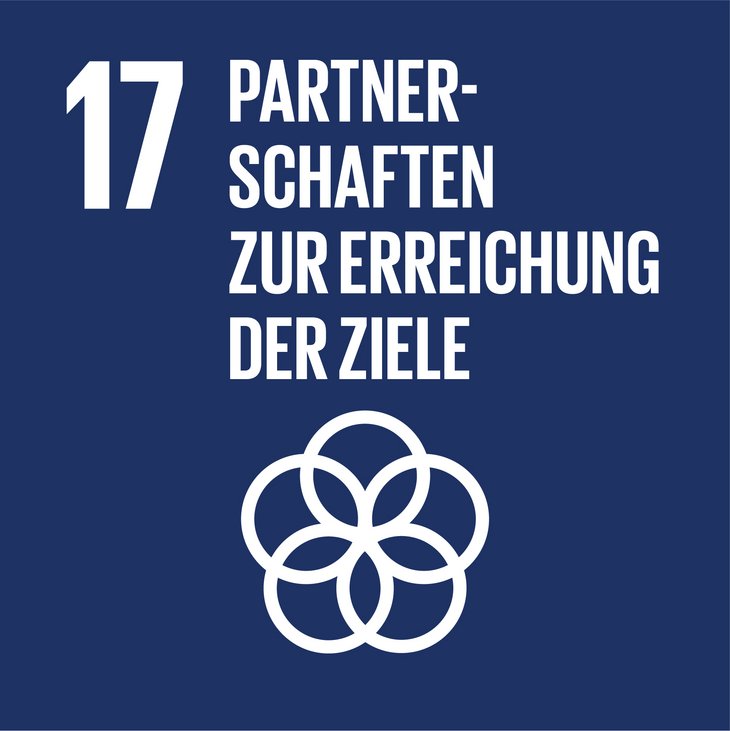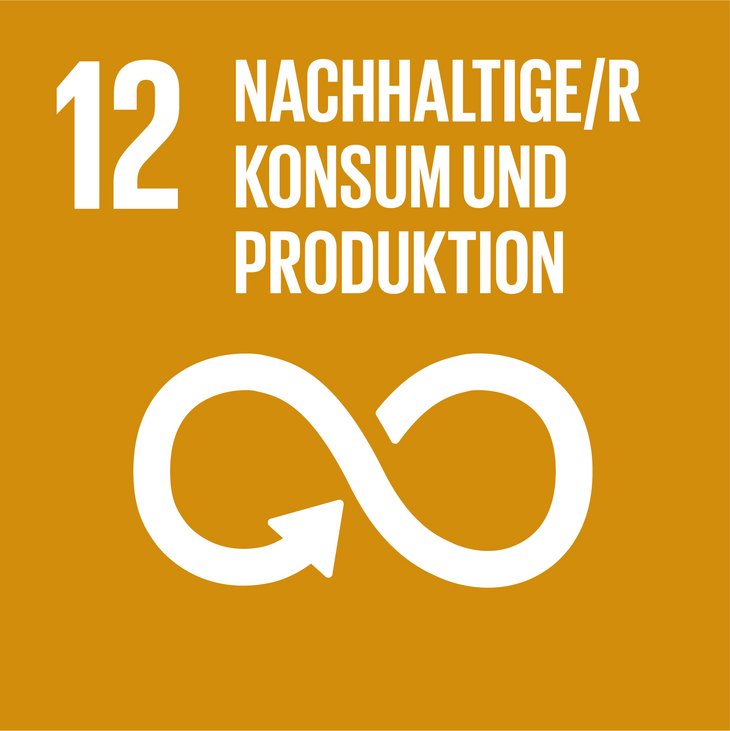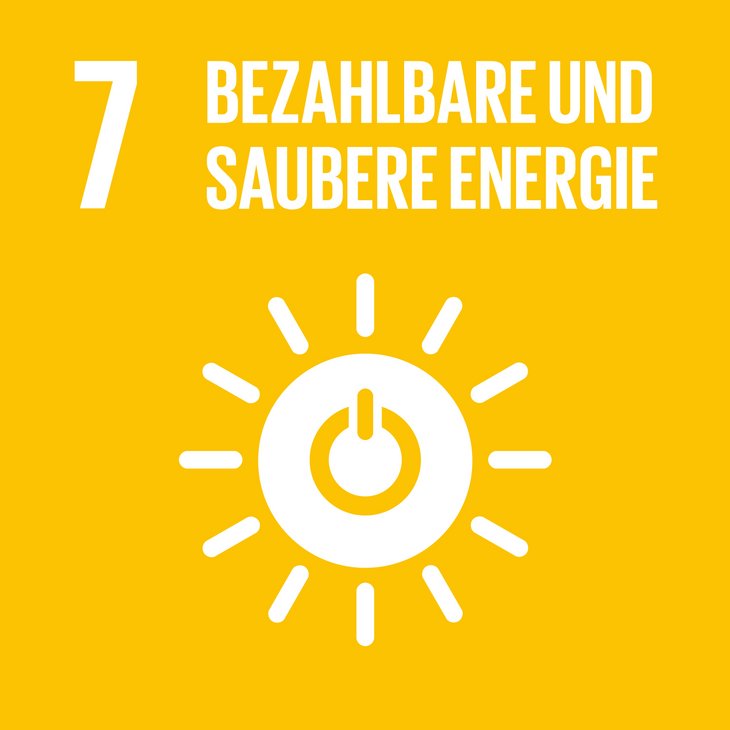Current research projects
Storage MultiApp
Developing and testing optimisation methods for multi-use storage operation
Project outline
The joint project “Lifetime-optimised multi-use storage systems – Storage MultiApp” investigates the technically and economically optimised operation of battery storage systems for industrial applications. As an enabling technology for fast-charging stations on motorways, photovoltaic tenant electricity concepts or improving grid stability, industrial battery storage systems (“CSS” – commercial storage systems) are a crucial component of the imminent energy revolution.
A proven approach to optimising yield lies in using one storage systems for multiple applications (e.g. photovoltaic power for own consumption + CHP optimisation + peak shaving). However, it is largely unknown how such “multi-use” approaches will influence the ageing of energy storage systems. It is therefore often estimated that storage systems are over-dimensioned in practice, which in turn can account for up to 20 percent of the system costs.
The aim of the “Storage MultiApp” research project is to develop a digital twin linking modern cell-ageing models, battery hardware and operational management strategies in order to enable long-term ageing forecasts for commercial storage systems (CSS). The main objective of the sub-project at Kempten University of Applied Sciences entitled “Developing and testing optimisation procedures for multi-use storage operation” is to set up a multi-stage optimisation system that
- takes account of current energy market data and regulatory boundary conditions for using CSS,
- accommodates the uncertainty of load and generation forecasts and calculates a storage operation mode that can cope with forecasting errors, and
- can be implemented in the demonstration system operated by the industrial partner Varta Storage.
This sub-project involves identifying and then using techno-economic analyses to evaluate current energy market data and relevant application cases for implementing commercial storage systems in Germany; subsequently, developing an optimisation program in several expansion stages, which both allows the storage system to be operated in parallel in several use cases and means that it can cope with uncertain forecast data and complex battery models. The methods used for this purpose include mixed integer linear optimisation, stochastic optimisation and machine learning, thus enabling researchers to determine the control strategies to be transferred for implementation in a demonstration system.
Dr Benjamin Achzet at VARTA Storage GmbH is the coordinating this project.
Project leader
Duration
1 November 2022 – 31 October 2025
Project partners
Technical University of Munich
VARTA Storage GmbH
TWT GmbH Science & Innovation
TWAICE Technologies GmbH
Funding
Federal Ministry for Economic Affairs and Climate Protection
Funding programme
Federal Government’s Energy Research Programme
SDGs (Sustainable Development Goals) addressed
KI-M-Bat
AI-based modular battery systems for commercial and grid applications
Project outline
The KI-M-Bat project is developing and testing a modular storage concept and a universal AI-based software control system for battery storage systems on an industrial and commercial scale. The concept enables new and used batteries to be operated efficiently and with a view to optimising service life. A digital twin model of the battery system is constructed in the software, testing a control strategy using machine learning. The algorithms are validated in a hardware demonstrator and published as open source code.
The project is developing a modular, configurable battery storage system for use in commercial and industrial operations that can be operated flexibly with new and used batteries. The system architecture also enables extremely high conversion efficiency. Thanks to an artificial intelligence (AI)-based software control system, it can be operated using self-learning according to user-specific configurations and applications. On the hardware front, an innovative design of multi-level inverter and a cascaded control for power electronics will make it possible to control and combine modules or automotive batteries of different ages and/or from any manufacturer. A multi-stage control system allows optimum operation of current and emerging applications aimed at stabilising electricity grids. Adaptive power distribution makes it possible to align different charging and ageing states under operation. The system is controlled by a holistic software tool chain – augmenting existing software solutions with a machine-learning-based power control strategy and a digital twin to map the battery system, which are provided entirely on an open source basis for use in industry and commerce. These AI-based strategies are being tested directly and benchmarked by means of constructing and operating two demonstrator systems in situ.
Project leader
Duration
1 March 2023 – 28 February 2026
Project partners
Stabl Energy GmbH
FENECON GmbH
Technical University of Munich
Funding
Bayerische Forschungsstiftung (Bavarian Research Foundation)
Funding programme
Bayerische Forschungsstiftung (Bavarian Research Foundation)
SDGs (Sustainable Development Goals) addressed
BattLifeBoost
Extending the lifecycle of existing and future stationary battery storage systems by predicting hybrid conditions
Project outline
The sub-project “Statistical and machine-learning-based methods for determining ageing” involves extending familiar models for the ageing of battery cells cited in literature with statistical information from laboratory data and then hybridising these using different model approaches to form an overall model. Mapping model uncertainties and parameter variations plays a key role here – in addition to statistical methods, machine learning techniques are also used in particular. This sub-project is rounded off with application-oriented analysis of economic and ecological parameters in different use cases and by simulating the ageing behaviour in second-life / zero-life use cases based on the developed ageing prognosis models.
Kempten UAS is involved in the following aspects of work:
Stage 1: Defining the requirements and data interfaces; selecting suitable load profiles for the subsequent simulations.
Stage 3: Creating a basis for estimating expected service life. The project team at Kempten University of Applied Sciences is focusing on extending a familiar semi-empirical ageing model found in literature to take forecast uncertainty into account. The model is parameterised using existing laboratory data, its quality is evaluated in relation to input data, and it is then made available as open source code.
During the following stage, industrial partner Sonnen is tasked with developing a machine-learning-based model for system ageing based solely on field data, with Kempten UAS analysing the quality of forecasts. The probability of progressive ageing causing field systems to fail is assessed on the basis of null hypothesis tests.
Kempten UAS is primarily involved at the stage of comparing the various modelling approaches at system level in BattLifeBoost and merging them into an overall model. To start with, the university is tasked with deriving a model for system ageing from the cell-ageing model developed during stage 3. The three system-ageing models developed along the way are to be compared in benchmark testing involving different scenarios and then hybridised in a subsequent step. The resulting overall model should enable the best possible performance to be achieved, regardless of the application scenario. In addition, the existing modelling approaches are to be applied to an ageing assessment for new, as yet insufficiently parameterised, battery cells.
During the the final stage, Kempten University of Applied Sciences is to assess the effects of ageing in the event of a change in load during storage operation, e.g. also operating applications to support the grid in addition to home storage. Second-life and zero-life concepts are also being investigated, i.e. upstream or downstream use of automotive battery packs in stationary applications.
Project leader
Duration
1 October 2023 – 30 September 2026
Project partners
BMW AG
Sonnen GmbH
Technical University of Munich
Project sponsor
Foschungszentrum Jülich GmbH
Funding
Federal Ministry for Economic Affairs and Climate Protection
Funding programme
Federal Government’s Energy Research Programme
SDGs addressed (Sustainable Development Goals)
HeatSHIFT
Project outline
District heating plays a key role in achieving the German government’s 2045 climate targets and the associated extensive decarbonisation of heat supply. Against the backdrop of avoiding emissions and simultaneously increasing the security of the heating supply, the HeatSHIFT research project aims to investigate efficient options for integrating high-temperature heat pumps into district heating networks. The analyses focus on existing district heating networks with high flow temperatures of 120 degrees Celsius and above. The core objective of the project is to systematically investigate and evaluate the technical and economic aspects of using high-temperature heat pumps by means of process simulation, taking into account different heat sources and various high-temperature heat pump technologies. This is achieved by creating and combining realistic process simulation models of high-temperature heat pumps and CHP plants (in particular biomass and waste-to-energy plants), based on data provided by the participating partners. The validated process simulation models will be used to optimise the integration of high-temperature heat pumps and evaluate their economic efficiency. A further aim is to develop a simplified tool for the initial design of high-temperature heat pump applications for district heating suppliers.
Project participants
- Christian Pressa, M.Eng.
- Verena Jetzinger, B.Eng.
- Hendric Popma
Project leader
Professor Matthias Finkenrath, Dr.-Ing.
matthias.finkenrath[at]hs-kempten.de
Duration
1 March 2023 – 28 February 2026
Project partners
AGFW | Der Energieeffizienzverband für Wärme, Kälte und KWK e. V.
Edelweiss GmbH & Co. KG
ecop Technologies GmbH
Fernwärme Ulm GmbH
ZAK Energie GmbH
Funding
Federal Ministry for Economic Affairs and Climate Protection
Funding programme
Federal Government’s Energy Research Programme
SDGs addressed (Sustainable Development Goals)
E-TDirekt
Project outline
The aim of this collaborative project with pro‑micron GmbH is to develop a wireless sensor for measuring the temperature of rotors in electric motors. Signalling these measurements during the operation of electric machines offers significant added value in terms of utilisation, efficiency, torque accuracy and reliable protection against overheating. This makes controlling the machines easier and more universal by removing the need for complex and individual temperature models in the process.
The development of two components is key to this approach:
- A wirelessly readable, passive temperature sensor based on the SAW principle (surface acoustic wave) for measuring the rotor temperature in electric motors. This sensor, which is only a few millimetres in size, must be able to withstand the extreme loads in the motor over long periods of time and is integrated into the rotor so as to reliably measure the rotor temperature without affecting the motor performance.
- A very compact transmitter-receiver electronics system consisting of an application-specific integrated circuit (ASIC) as a high-frequency front end and a microcontroller for complex signal processing.
The project involves
- Developing the sensor technology and electronics (pro-micron)
- Researching the interaction between the sensor and the motor magnetic field in theory plus experiment-based confirmation (Kempten University of Applied Sciences)
- Integrating into the motor and testing/verifying functionality in motor test benches and vehicles (Kempten University of Applied Sciences)
- Developing new control concepts for optimising the performance of electric motors (pro-micron)
- Conducting associated risk assessment using fault effect and failure analysis (FMEA) for various applications (Kempten University of Applied Sciences).
Re. integrating the sensor technology, creating detailed field simulation models, which are stimulated with typical voltage and current signals (inverter operation). These are then used to develop design and application rules based on specific application examples in industry and automotive engineering. This will in future enable pro‑micron GmbH to quickly respond to customer enquiries and provide important assistance or recommendations for integrating sensors.
In addition, the temperature models created can be used to easily extrapolate temperatures from the applied sensor’s location to potential hotspots. This design tool is particularly important for applications where no detailed machine simulation (e.g. for magnetic or temperature fields) is available.
Project leader
Professor Andreas Stiegelmeyr, Dr.-Ing.
andreas.stiegelmeyr[at]hs-kempten.de
Subproject management
Professor Dr Rolf Jung
Tel. +49 (0)8331 9893 100
rolf.jung[at]hs-kempten.de
Professor Michael Patt, Dr.-Ing.
Tel. +49 (0)831-2523-363
michael.patt[at]hs-kempten.de
Duration
1 September 2021 – 31 December 2024
Project partners
pro-micron GmbH
Funding
Bavarian State Ministry of Economic Affairs, Regional Development and Energy
Funding programme
